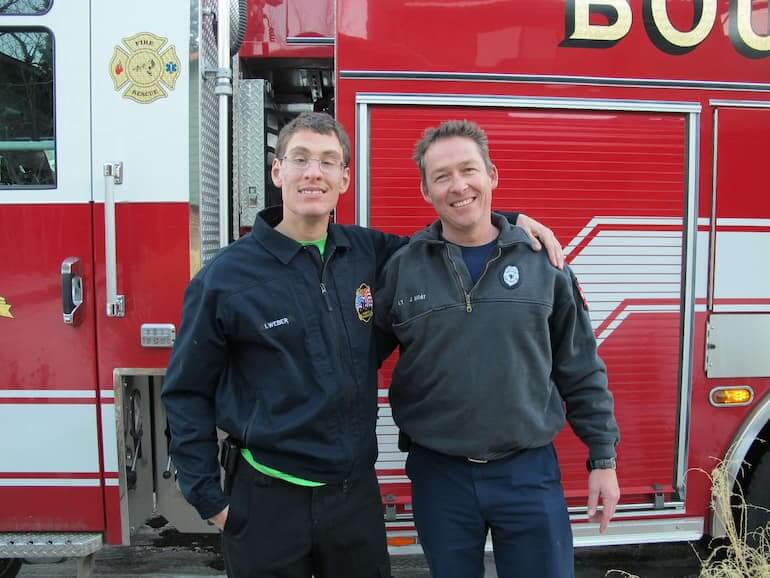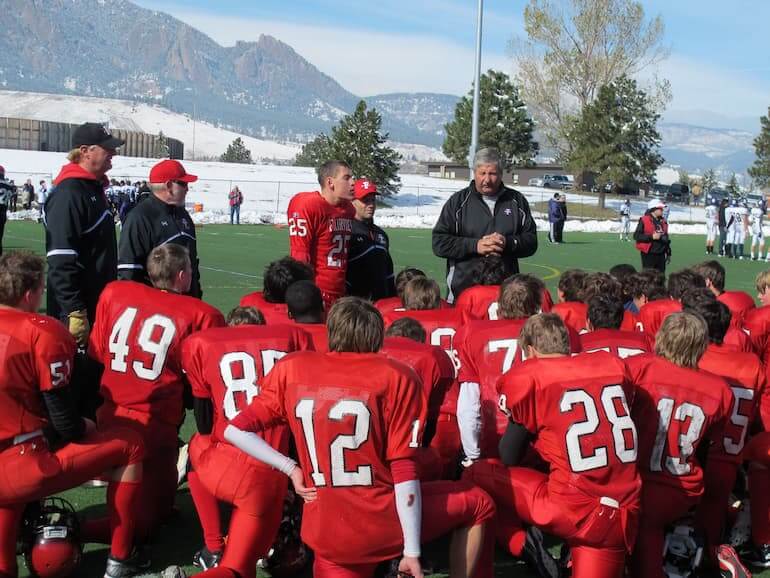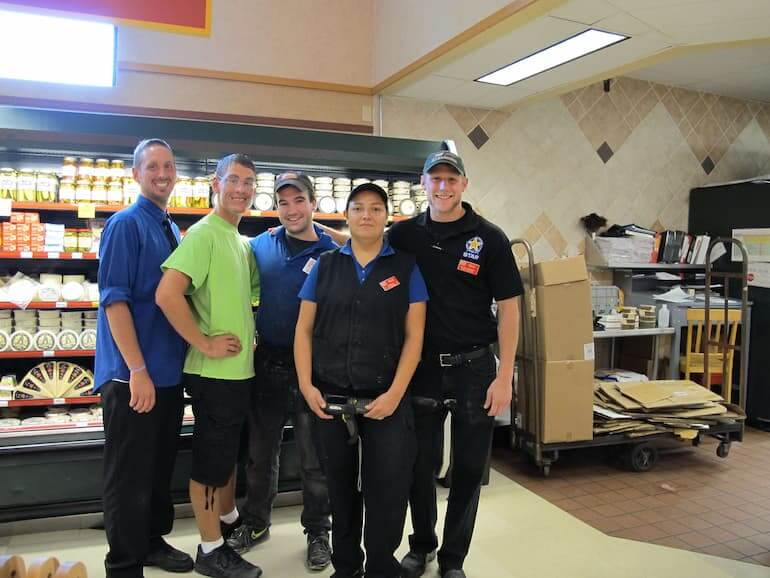by Jayne Dixon Weber
“Hey!”
What do you do or think when someone says this? Hey what? Hey you? Hey yourself?
“Hey” was one of my son Ian’s first words, and what he quickly learned was that whomever he said hey to responded — with something. Usually it was with a smile and a friendly tone to their voice, and you know how quickly our children pick up on that positive feeling.
I was amazed Ian would initiate this. We would be walking down the halls of his preschool, he would hear someone walking behind us, and he would turn around and say, “Hey.” He had found a way to communicate with others.
Where did he get this? I cannot remember a specific instance, but based on how he learns, he must have heard my husband or me say this to someone. And most likely he saw the situation in which it happened, too.
“Hey” soon became “What are you doing?” Again, everyone he said that to responded, and it was always in a positive way. The usual answer: “What are you doing?”
When Ian was young, I put heavy focus on his speech. I realized that the best way for him to learn to communicate, and to communicate appropriately, was by watching and listening to other people.
Ian was in an inclusive preschool (children with and without disabilities together), and I pushed for inclusion in kindergarten. His speech blossomed. In first grade, I agreed to some pullout, but I was rapidly learning the value of Ian being exposed to the behavior and speech of typical children. He was listening and watching them. He was not up to their level, but I knew it was being processed in his little head.
Through elementary school, Ian was based in a regular education classroom, but he was pulled more for reading and math and when he needed a break. However, at every IEP meeting, we emphasized the importance of Ian being exposed to typical children’s behavior and language (though we know others’ language can also have its own issues).

Ian with his friend and firefighter.
Teaching His Friends How to Help
I also took opportunities to help other children help Ian. He was playing at a neighbor’s house one afternoon when one of the children came over to say Ian was having a hard time. I went over there and all I heard from the children was what they didn’t want Ian to do. I responded, “Well, tell him what you do want him to do.” They looked at each other and said, “Oh, okay.” It is not always that easy.
At home, we continued to do family activities as Ian would tolerate. We thought it important to expose him to as many typical events as possible. But we modified how we did things. Often the first time we went someplace, we only stayed for a short time. As Ian became comfortable in situations and knew what to expect, his anxiety decreased, and we were able to stay longer. We always had to be aware of transitions, though.
In middle school, I agreed to have Ian based in a life skills classroom on the condition that he would continue to be included in typical classes throughout the day. He was included in typical classes for about half of the day, a schedule that continued through high school.
It was around this time that I taught Ian what a “joke” is and how to joke with other people. He caught on quickly and it has become an important part of who he is now.

Ian and his Fairview Knights teammates.
But while he was included in typical classes, the academic gap continued to widen. What I observed as Ian got older was that he came up with “pat” sayings to the typical children. “Wat up.” “Fairview Knights baby.” (His high school.) “Go Broncos.” (Or Rockies or Avalanche or Nuggets—we live in Colorado.) The other children were fine with this and would often say, “Oh yeah, baby.”
Also from Jayne Dixon Weber: “Life: A Series of Transitions”
To increase Ian’s exposure to social situations throughout high school, I encouraged him to become the manager of the freshman football team and the school wrestling team. He also ran track. These were all great groups of people who went out of their way to accommodate him. He still works with and helps the varsity football team.
As Ian learned to tolerate more variance in social situations, we took him to most of our daughter’s sporting events — soccer and basketball. Once the other players and their parents got to know him, they would include him in their conversations. Ian also had plenty of opportunities to observe other adult conversations going on around him.

Ian with his co-workers and friends at the grocery store where he works.
Ian works at our local grocery store; he recently celebrated his 15-year anniversary (and chose a food processor as his gift 😉). His co-workers really seem to like him; he jokes with everyone. I have also had several friends come up to me to comment how much they love seeing Ian at work. They say he is always happy and friendly.
One thing we do on a regular basis is practicing what Ian is going to say in certain situations. For instance, the uniform at work is a blue shirt, but he sometimes he wants to wear a red shirt, say for Valentine’s Day. For this, he needs permission from the upfront manager. He will then ask me what he should say. I ask him what he thinks he should say. He says, “Can I wear a red shirt on Valentine’s Day?” I’ll say, “That’s right!” He will practice it a couple of times before he goes to work and then he goes and asks the manager independently.
I have also heard Ian practicing his speech up in his room. If we are going out as a family to see some friends, I often hear Ian practicing saying “hi” to them.
I want to encourage you to keep exposing your child to social situations, as difficult as they sometimes can be. I know the school situations will vary, but be on the lookout for every opportunity to involve your child in the wider world. Emphasize “please” and “thank you” — they really are magic words! Thank you, Barney. (That “dates” me.) Practice shaking hands. Teach your child what a joke is and how to joke with others. Have conversations with your child and practice turn-taking and staying on topic. And the easiest way to do all this is to model it yourself. Your child is watching and listening.
about

Jayne Dixon Weber
Jayne served as the NFXF director of community education (and other positions over the years) from 2007 to 2023. She has two adult children, a son with Fragile X syndrome and a daughter. Jayne is the author of Transitioning ‘Special’ Children into Elementary School, co-author of Fragile X Fred, and editor of Children with Fragile X Syndrome: A Parents’ Guide. Jayne likes to read, enjoys photography, and goes for a walk every day.

